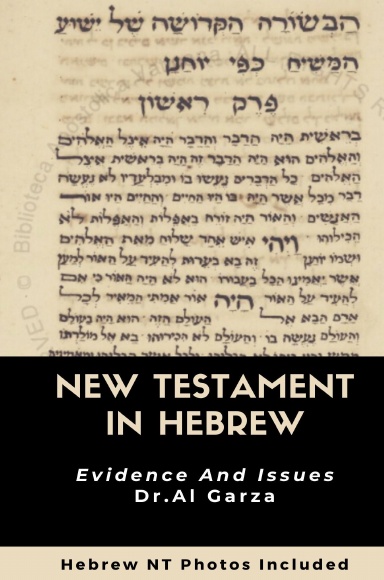

In some of the more elaborate minuscule manuscripts and lectionaries we find beautiful examples of ektheses that are embellished with other objects or have been made into a picture themselves. These colorful and ornate letters added to the beauty of these New Testaments-enhancing the reading experience and conveying the value and worth of the Scriptures to the community. The illuminator of this medieval manuscript began the book of Matthew with a beta drawn with a floral pattern in multiple colors and gold leaf. GA 106 is an eleventh- or twelfth-century manuscript of the Gospels from the Chester Beatty Library. Scribes commonly drew letters in a floral pattern. He or she used multiple colors and a dot pattern that blends nicely with the headpiece above. The manuscript’s illuminator went to great lengths to beautify the first epsilon of John’s Gospel. GA 765 is a thirteenth-century manuscript of the Gospels from the National Library of Greece. You often find these at the beginning of the Gospels. Some copyists enhanced the letter with more detailed decorations. You can see an example of this type of lettering in a thirteenth-century manuscript of the Gospels and Revelation from the National Library of Greece (GA 792). Some copyists simply used a different color of ink, usually red, to highlight the incipit letter. Other manuscripts use a slightly more decorative form of ektheses. On this page you can see multiple omicrons, an epsilon, and an alpha written in such a way. The scribe who copied this ninth-century manuscript used ektheses to break up the text of the Gospels using only a larger form of the letter placed into the left margin. The most common way that manuscript scribes and illuminators employed ektheses was to have very little or no decoration.Ĭodex Koridethi (GA 038) is a fine example of a manuscript using prominent letters without adding decoration.

In this post, we’ll examine a few different types of ektheses, working our way from the simple to the ornate. The many ways scribes wrote these decorated letters and the striking beauty of the more elaborate ones makes them worth a closer look.

As you’ll see below, an ekthesis can vary in style-from the simple placement of the first letter of a line into the margin to the incorporation of elaborate decorations and even narrative scenes drawn into the form of the letter. These noticeable letters served to guide readers through the text, drawing their eye to the beginnings of passages. One of the most common features are ektheses-a visual marker that signifies the beginning of a new paragraph or other section by giving the first letter prominence through color, decoration, or position on the page. New Testament manuscripts are not only vehicles of Scripture passed down to future generations through careful copying, but also are repositories of many features that make them unique, beautiful, easy to navigate, and eye-catching.


 0 kommentar(er)
0 kommentar(er)
